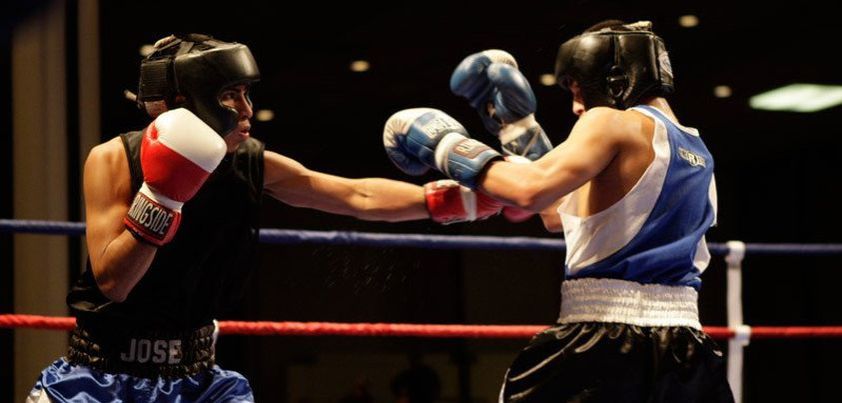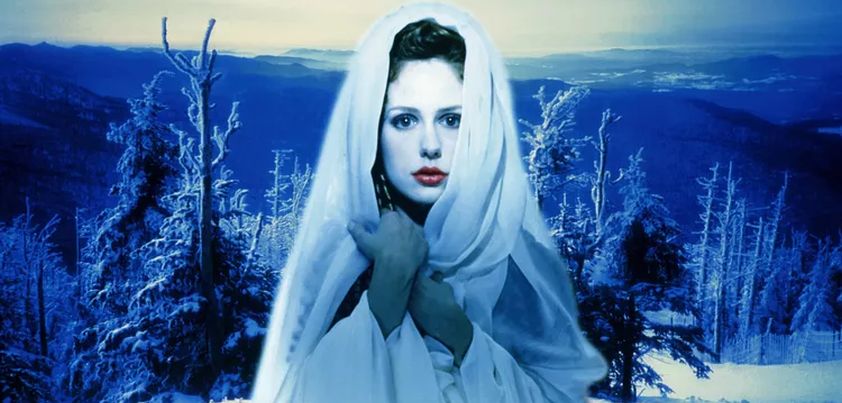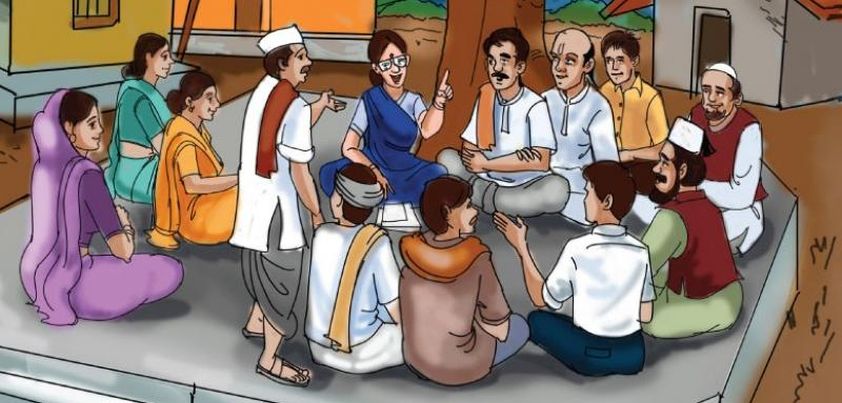 Isaac Singer’s protagonist is an aging philosopher who has struggled for thirty years to write a commentary on the 17th century philosophical treatise, Spinoza’s Ethics. Frustrated, sickly and too weak from hunger to get out of bed, a reclusive spinster nurses him back to health. Her kindness leads to marriage and a wedding night in which he miraculously regains his youthful virility and passion for life. The story’s denouement: Spinoza, forgive me. I have become a fool. could thus be taken several ways. Themes: obsession, isolation and loneliness, renewal through passion, the difficulty in reconciling Spinoza’s views with traditional religion. More…
Isaac Singer’s protagonist is an aging philosopher who has struggled for thirty years to write a commentary on the 17th century philosophical treatise, Spinoza’s Ethics. Frustrated, sickly and too weak from hunger to get out of bed, a reclusive spinster nurses him back to health. Her kindness leads to marriage and a wedding night in which he miraculously regains his youthful virility and passion for life. The story’s denouement: Spinoza, forgive me. I have become a fool. could thus be taken several ways. Themes: obsession, isolation and loneliness, renewal through passion, the difficulty in reconciling Spinoza’s views with traditional religion. More…
Amigo Brothers
 In this story by Piri Thomas, best friends from a poor neighborhood share a passion for boxing. They are both so good that they must compete against each other in a match to decide who will represent their club in the famous ‘Golden Gloves’ boxing championship. Although the boys have different fighting styles, they are very evenly matched. The fight becomes so brutal that instead of cheering, the crowd falls silent. The match ends with both boys bloodied and in pain. The judges must choose a winner, raising the question: How will their decision affect the friendship? More…
In this story by Piri Thomas, best friends from a poor neighborhood share a passion for boxing. They are both so good that they must compete against each other in a match to decide who will represent their club in the famous ‘Golden Gloves’ boxing championship. Although the boys have different fighting styles, they are very evenly matched. The fight becomes so brutal that instead of cheering, the crowd falls silent. The match ends with both boys bloodied and in pain. The judges must choose a winner, raising the question: How will their decision affect the friendship? More…
The Glamour of the Snow
 In this story by Algernon Blackwood, a writer for whom the spell of Nature was greater than all other spells in the world combined takes an extended working holiday at a Swiss alpine resort. A spur of the moment decision to go ice-skating alone after midnight results in an encounter with a spectral woman who suddenly disappears and dominates his thoughts for days. At their next meeting, at her “home” high on a snow-covered mountain, she triess to make him hers. Themes include the beauty and menace of nature, religion vs. paganism, isolation, demonic seduction, the supernatural. More…
In this story by Algernon Blackwood, a writer for whom the spell of Nature was greater than all other spells in the world combined takes an extended working holiday at a Swiss alpine resort. A spur of the moment decision to go ice-skating alone after midnight results in an encounter with a spectral woman who suddenly disappears and dominates his thoughts for days. At their next meeting, at her “home” high on a snow-covered mountain, she triess to make him hers. Themes include the beauty and menace of nature, religion vs. paganism, isolation, demonic seduction, the supernatural. More…
Mr Know-All
 This story by W. Somerset Maugham takes place at sea. A narrator we learn almost nothing about is forced to share a cabin with a man he takes an instant disliking to because of little more than his name. The other man plays an organizational role in many aspects of ship life to the point of being everywhere and always. The narrator finds him hearty, jovial, loquacious and argumentative. He calls him the best hated man in the ship. It is not until the man ‘loses’ a bet about pearls that the narrator develops a grudging respect for him. More…
This story by W. Somerset Maugham takes place at sea. A narrator we learn almost nothing about is forced to share a cabin with a man he takes an instant disliking to because of little more than his name. The other man plays an organizational role in many aspects of ship life to the point of being everywhere and always. The narrator finds him hearty, jovial, loquacious and argumentative. He calls him the best hated man in the ship. It is not until the man ‘loses’ a bet about pearls that the narrator develops a grudging respect for him. More…
The Voice of God / Holy Panchayat
 The major theme of this story by Premchand is justice. Two men who have been close friends since childhood fall out when one rules against the other in a dispute over the treatment of an aged aunt at the village Panchayat (council of elders). The roles are later reversed when the aggrieved friend, who still holds a grudge against the other, has to judge a complaint against him about a bullock he sold. Their rift is resolved when he sees that in dispensing justice, one must put personal feelings and friendships aside. Other themes include tradition, friendship, responsibility, impartiality. More…
The major theme of this story by Premchand is justice. Two men who have been close friends since childhood fall out when one rules against the other in a dispute over the treatment of an aged aunt at the village Panchayat (council of elders). The roles are later reversed when the aggrieved friend, who still holds a grudge against the other, has to judge a complaint against him about a bullock he sold. Their rift is resolved when he sees that in dispensing justice, one must put personal feelings and friendships aside. Other themes include tradition, friendship, responsibility, impartiality. More…